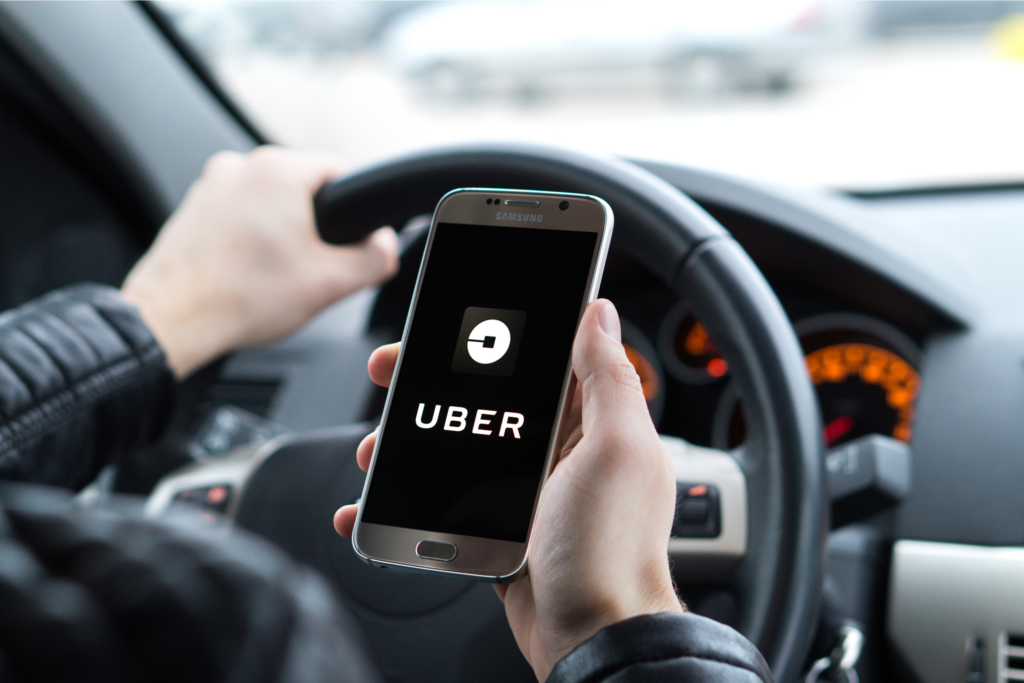Spending a few hours a day driving an Uber might seem like a simple way to earn additional income, but overall is it worth it? There are plenty of stories about rideshare drivers making a lot of extra income after all.
You’ll also find some debate over how much drivers actually earn. This is largely due to all the other costs that need to be factored in when you become an Uber partner driver, including insurance, petrol, car expenses (such as servicing) and more. There are also a number of other factors that can impact your average Uber fare per hour.
The Area That You Live In Versus The Area That You Drive In
Are you located in a capital city, or at a more regional location? Do you have trips coming to you as soon as you leave home, or do you need to travel to a busier suburb?
There are a number of location-based factors that can impact a driver’s earnings, including time spent driving to the area of the fare, distance to popular destinations, etc. You need to weigh up whether or not the time you spend getting to your driving area and the cost that you incur will be worth the amount you actually earn (once the company has taken its fees from you).
Similarly, the area that you actually drive in will impact your takings. Shorter trips may arise out of inner-city areas, but further out could net you longer trips or journeys to the airport. Choosing what you get isn’t always within your control, as your fares are largely left to chance.
What State You Are Located In
There are set levies and charges on rideshare companies like Uber depending on the state that you live in, which means that the fares that Uber sets differ from state to state. Depending on the state that you are driving in, you may be earning more or less than drivers in a different state because the state government has set different levies on the total fare.
When You Take Your Shifts
Driving weekdays versus weekends, days or nights will dramatically impact your earnings. If you have the flexibility to choose when you are able to drive, experiment and keep records of your earnings to find the most profitable times and days to drive in your area. You may also encounter surge periods (high demand due to limited cars on the road). This can increase your hourly earnings if you’re able to take advantage of them. Special events can also be a profitable time to drive if you’re available (such as during sporting events or cultural events).
Full-Time or Part-Time?
The more you are able to drive, the more you are able to earn. But if you are a part-time Uber driver, you may not be able to have as much flexibility to respond to surge pricing or profitable times of the day as someone driving full-time. There are also many fixed costs of Uber driving that can impact your takings, including licenses, car insurance and accounting fees, which you will have to pay regardless of how often you drive or what you earn. The more you drive though, the smaller the impact on your earnings these costs will have.
Work-Related Deductions For Rideshare Drivers
Gig workers such as Uber drivers are eligible to claim deductions for most costs incurred while earning their income (such as travel, vehicle, financing and marketing). These deductions, however, can only be claimed for the work-related proportion of the claim. You won’t be able to claim the whole amount for the deduction if the claim is made because you picked up an Uber fare on the way back from your Grandma’s for example, it will only be deductible from when you picked up your passenger.
Essentially, it all depends on your situation as to whether or not Uber driving would be worth it. Weigh up the pros and cons before making your decision, as well as the additional costs, tax considerations and what you might make in a more stable position versus your average fare from a night of driving.

